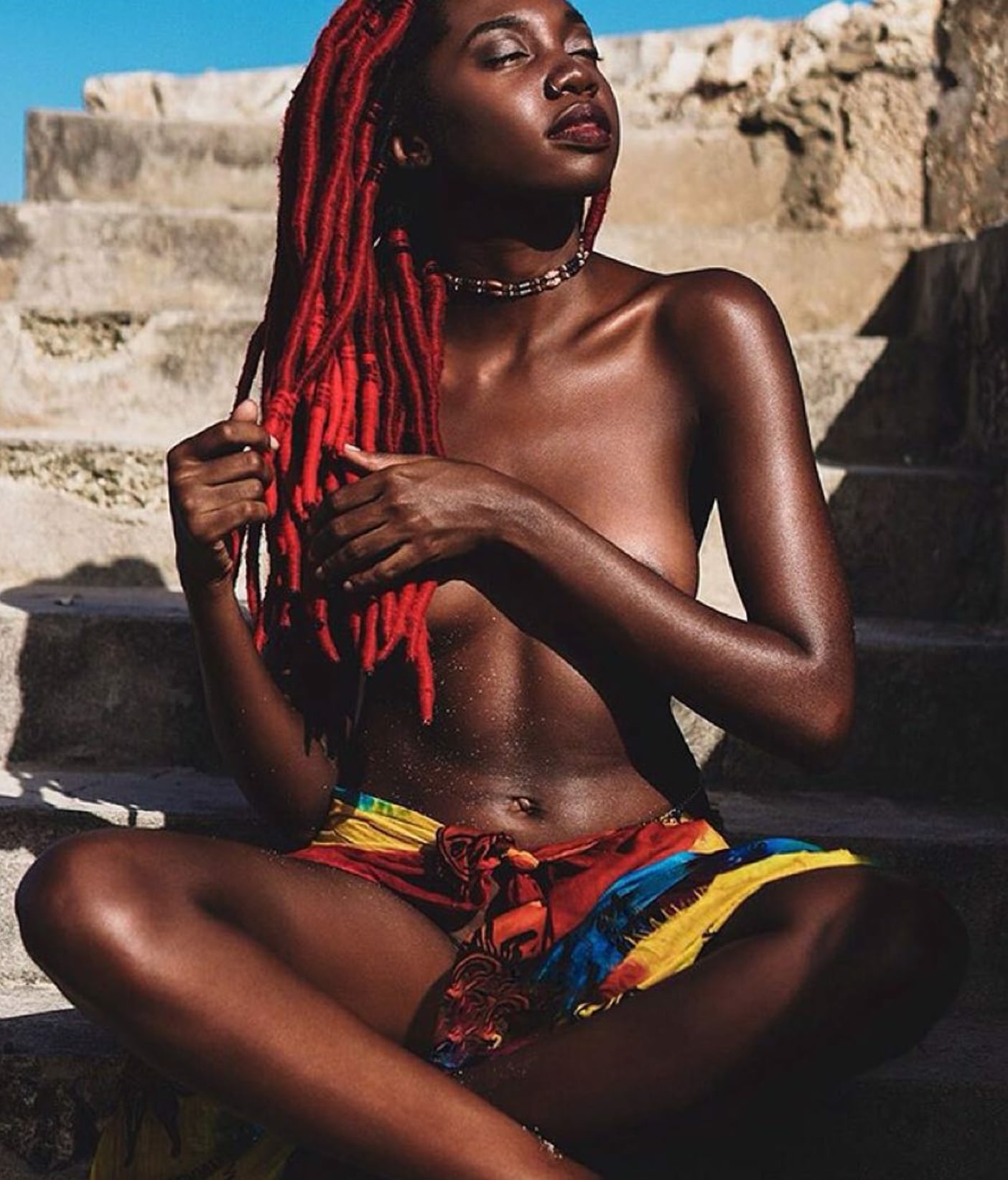This was supposed to be a cultural fashion / beauty blog, at least that's what's described when you read the "About" section ... And yet, over the course of several posts, I've realized that this place has also become a space where my love affair all things vintage is celebrated as well. So what's the deal with that? Most pros will tell you, stick to the main premise if your blog, least you plan on to confusing your readers. Yet, by now, as you might have surmised, I don't do linear or boring too well LOL. I love going off on tangents, taking the long route in conversations, then circling back to draw "big picture" ideas. While this may be great in real-time conversations, I wanted to be sure that I took a step back to connect the dots regarding some of my posts here.
According to Texas A&M University, culture can be defined as follows:
Culture is a way of life of a group of people--the behaviors, beliefs, values, and symbols that they accept, generally without thinking about them, and that are passed along by communication and imitation from one generation to the next.
That said, why vintage? Why wear or discuss dated 20 ... 30 ... 60 year old articles of clothing if the purpose of this space was to highlight / celebrate global culture and it's impact on fashion? Simply put, when closely examined, we see that vintage pieces are culture. Rather, these garments offer yet another historical context to a group’s “way of life.” Vintage clothing is reflective of the human experience and can even showcase a time and place that may or may not exist any longer. It encapsulates a feeling of an era while speaking to the mood or circumstances of people from that time period. From sparse and modest clothes of the Puritan Era to glittery, extravagant, "in your face" clothing of the 1980s ... People have always had a close connection between the garments they chose the relationship to their environment or moment in history.
For example, historically, denim originally was considered the garment of the poor. Wearing denim (now commonly called jeans), especially in the past was symbolic of a culture of the lower class, rebellion, western cowboys, and at times laziness (as it was rarely worn by members of high society). With a few changes throughout history, denim has become an American classic, popular across all segments of socioeconomic standing. Additionally, vintage clothing can also directly highlight a value system or social / cultural climate of that time. For example, the flapper women of the 1920s who bucked the status quo and donned short hair, chose to wear pants, wear daring makeup, and drink liquor in protest of social norms were clearly influenced by moments of their era (early women's liberation & suffrage and movements).
In short, by making this connection, I found that in my personal love of vintage pieces and the subsequent conversations I have on this blog surrounding them still resonates with my love of traditionally though of cultural wares (printed fabrics, eccentric jewelry, war paint, head-dressed, etc). In fact ,they really are one in the same, just different facets of each other. Vintage is the graffiti on the mural behind your photographs, it's the political pins on our jackets, the political protest sweater, the story told in the way stitching is done ... it's so much more than just, old clothes!

